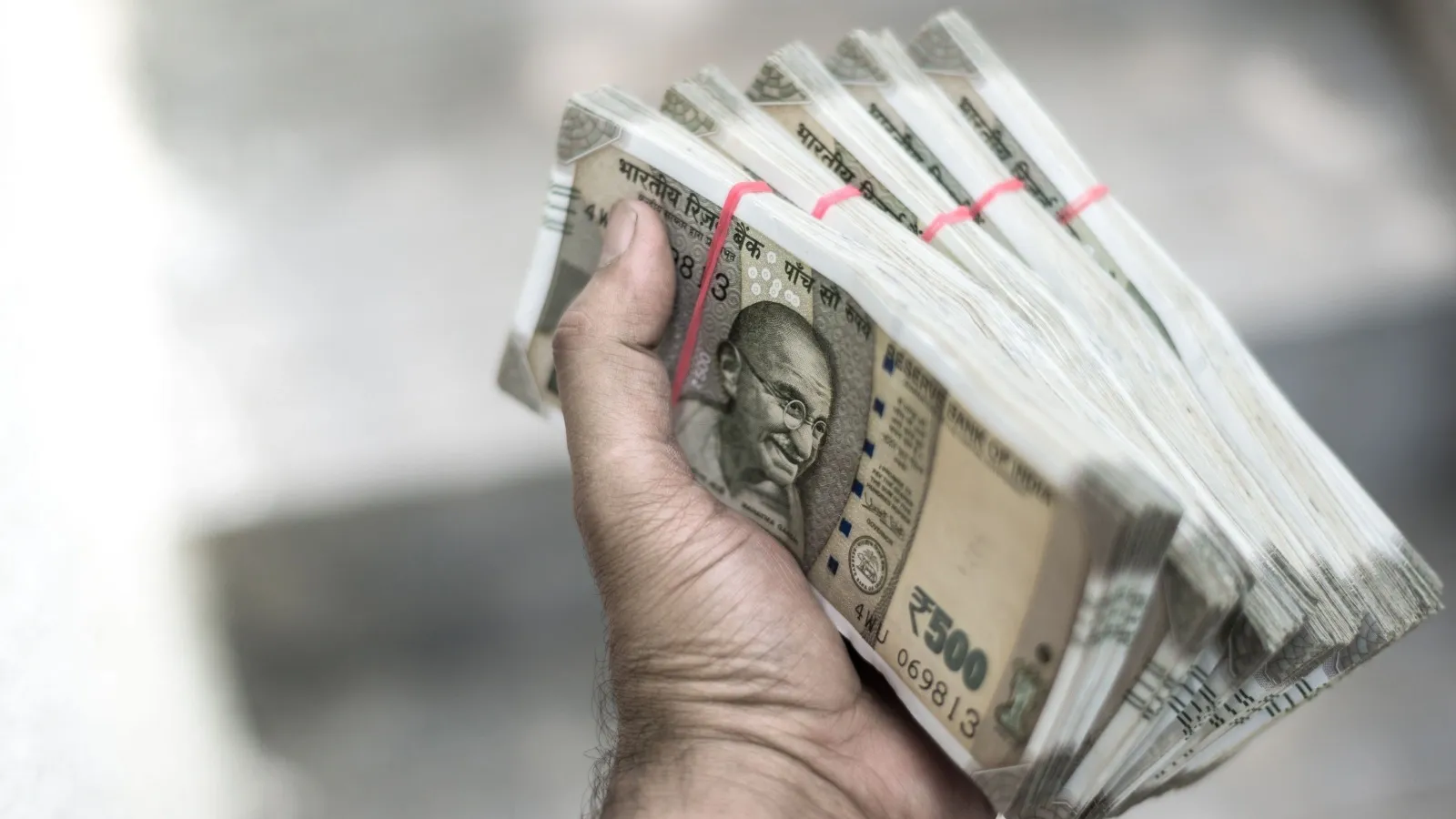What is Statutory Liquidity Ratio in India - Meaning, Formula, & How to Calculate
Written by Mariyam Sara
Published on December 16, 2025 | 4 min read

Statutory Liquidity Ratio (SLR) is crucial for controlling inflation and is a key policy that influences the overall economic environment. It impacts interest rates on loans, loan availability, bank stability and government securities.
Understanding SLR can help make informed investing decisions by analysing the factors impacted by changes in SLR.
What Is SLR?
Statutory Liquidity Ratio is the minimum percentage of a commercial bank's deposits to be preserved in the form of gold, cash or government securities. The SLR rate is declared by the Reserve Bank of India (RBI), mandating banks to maintain a fixed percentage of their Net Demand and Time Liabilities (NDTL) in liquid assets.
It is an important policy tool used to control the bank’s lending, thereby controlling the supply of money in the economy. Unlike
How Does SLR Work?
RBI mandates all commercial banks to have a specific portion of their Net Demand and Time Liabilities (NDTL) in the form of liquid assets such as gold, cash and government securities at the end of the day. The maximum SLR rate RBI can mandate is up to 40%.
RBI uses SLR to control the supply of money in the market. If the SLR is high, banks will have lower funds to lend, leading to a decrease in the money supply. And if the SLR is low, banks will be able to lend more loans and inject more money into the economy.
You will often observe that during high inflation, the RBI increases SLR, forcing banks to increase the interest rates on loans since a major portion of the bank’s deposits is tied up in low-yield liquid assets. RBI also uses SLR to prevent banks from over-lending, which can lead to insolvency and the collapse of the banking sector.
How to Calculate SLR Rate?
Statutory Liquidity Ratio (SLR) is the ratio of the bank’s deposits preserved in a liquidity asset to its Demand and Time Liabilities. Here’s how you can calculate the SLR rate.
SLR = (Total Liquid Assets / Net Demand and Time Liabilities) × 100
Suppose a bank has,
Net Demand and Time Liabilities (NDTL): ₹100
If RBI mandates an SLR rate of 20%, the bank has to preserve 20% of its NDTL in liquid assets. Let’s calculate the required liquid assets for SLR.
Required Liquid Assets = NDTL × (SLR Rate / 100)
Required Liquid Assets = 100 crore × (20 / 100) = 20 crore
Now, let’s find out the bank's current SLR rate.
SLR = Current SLR Rate = (Total Liquid Assets / NDTL) × 100
Current SLR Rate = (15 crore / 100 crore) × 100 = 15%
Since the bank's current SLR rate is less than the RBI’s requirement, the bank will need to invest at least 5% more of its NDTL to comply with the RBI’s SLR mandate.
How does SLR impact investors?
SLR significantly impacts investors since it impacts interest rates on Fixed Deposits (FDs) and loans, yield on government securities, overall market liquidity and stock markets.
If the SLR is high, the demand and yield on FDs and government securities will rise, resulting in investors shifting their funds to these low-risk and higher-return investments from risky equity markets. Since high SLR reduces the bank's profitability, it leads to a fall in banking stock prices, whereas a low SLR boosts the profitability and stock prices.
If the SLR rate is low, it results in lower interest rates on loans, making borrowing affordable for companies looking for funds for expansion and growth. This increases the investor's confidence in the company's future scope for profitability, leading to an increase in the stock market performance.
As an investor, you need to understand how policy tools impact the overall economic environment and your investments. Observe the changes in central bank interest rates to adjust your asset allocation and portfolio diversification.
About Author
Mariyam Sara
Sub-Editor
holds an MBA in Finance and is a true Finance Fanatic. She writes extensively on all things finance whether it’s stock trading, personal finance, or insurance, chances are she’s covered it. When she’s not writing, she’s busy pursuing NISM certifications, experimenting with new baking recipes.
Read more from MariyamUpstox is a leading Indian financial services company that offers online trading and investment services in stocks, commodities, currencies, mutual funds, and more. Founded in 2009 and headquartered in Mumbai, Upstox is backed by prominent investors including Ratan Tata, Tiger Global, and Kalaari Capital. It operates under RKSV Securities and is registered with SEBI, NSE, BSE, and other regulatory bodies, ensuring secure and compliant trading experiences.

























